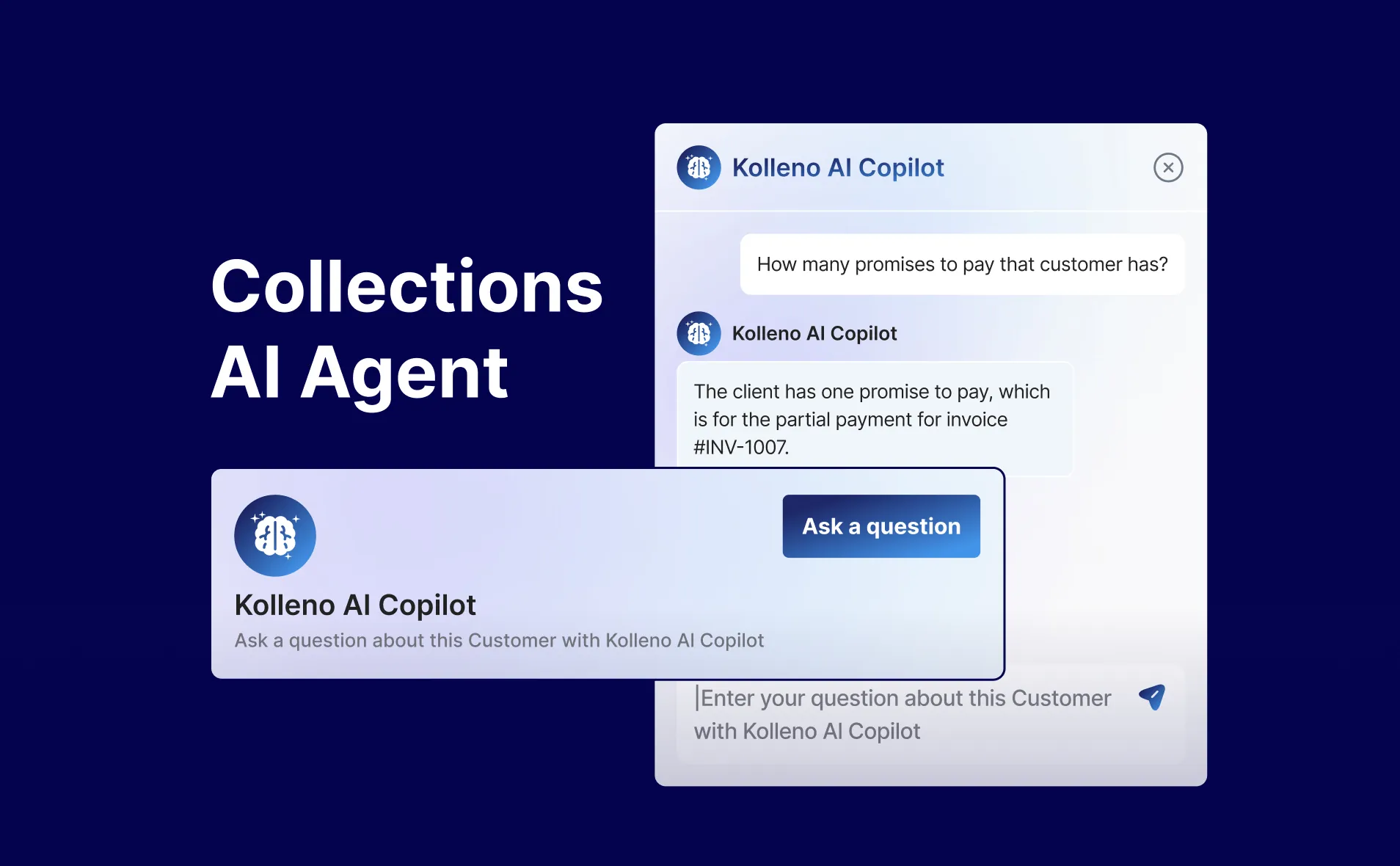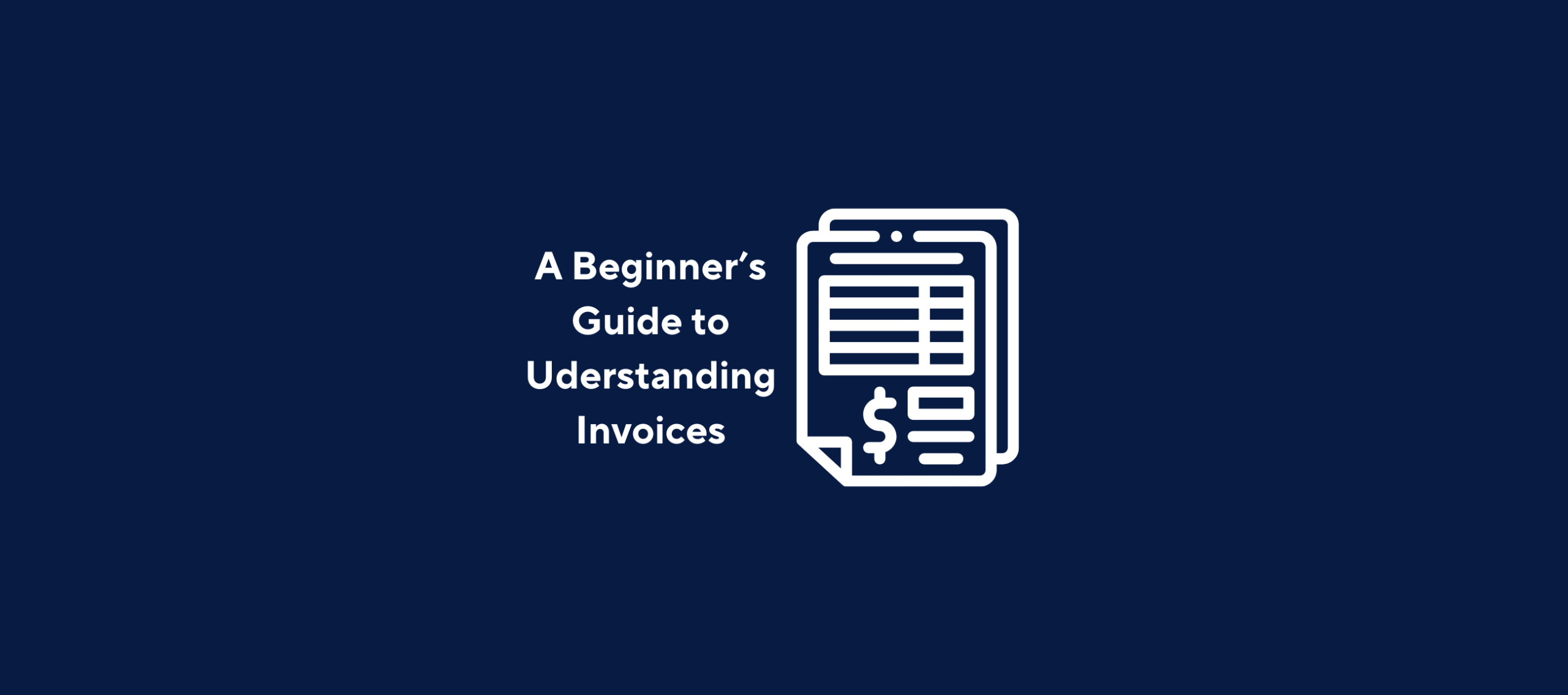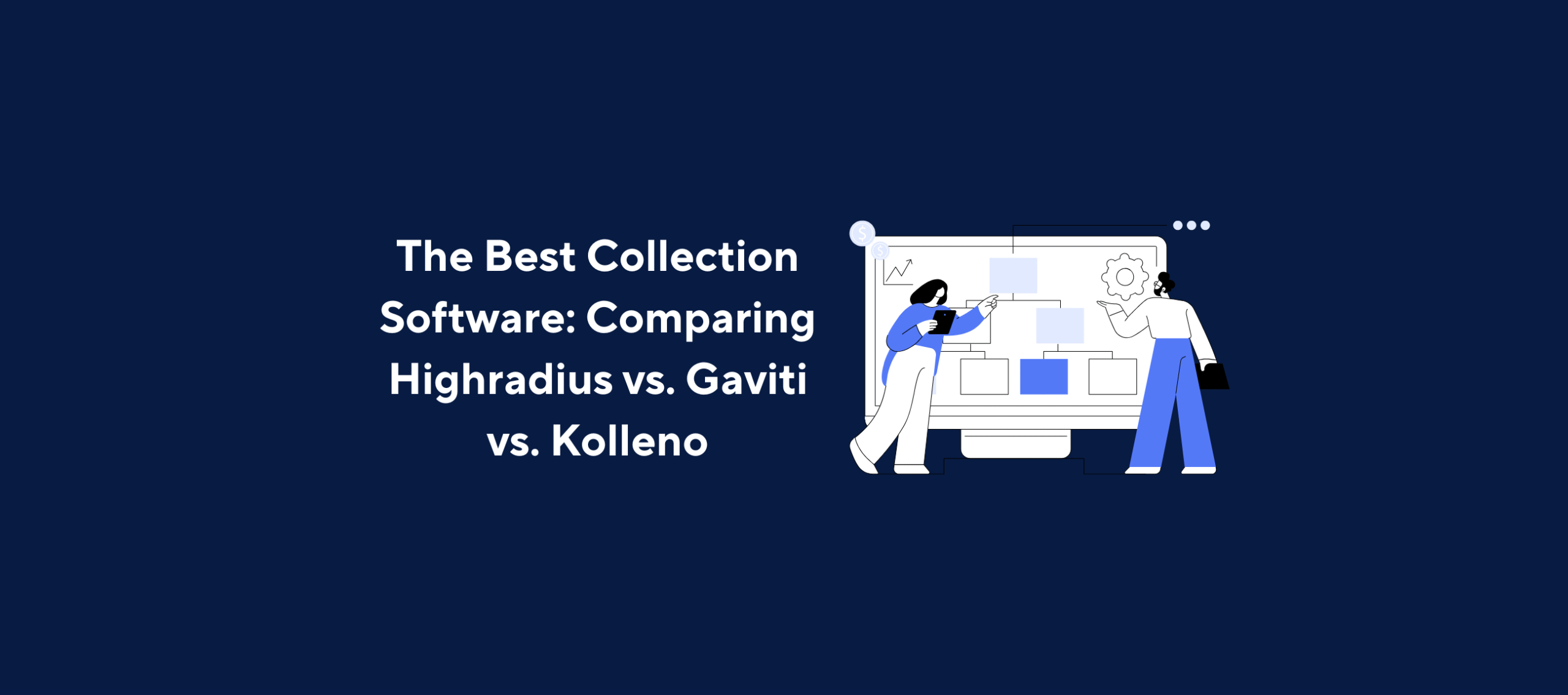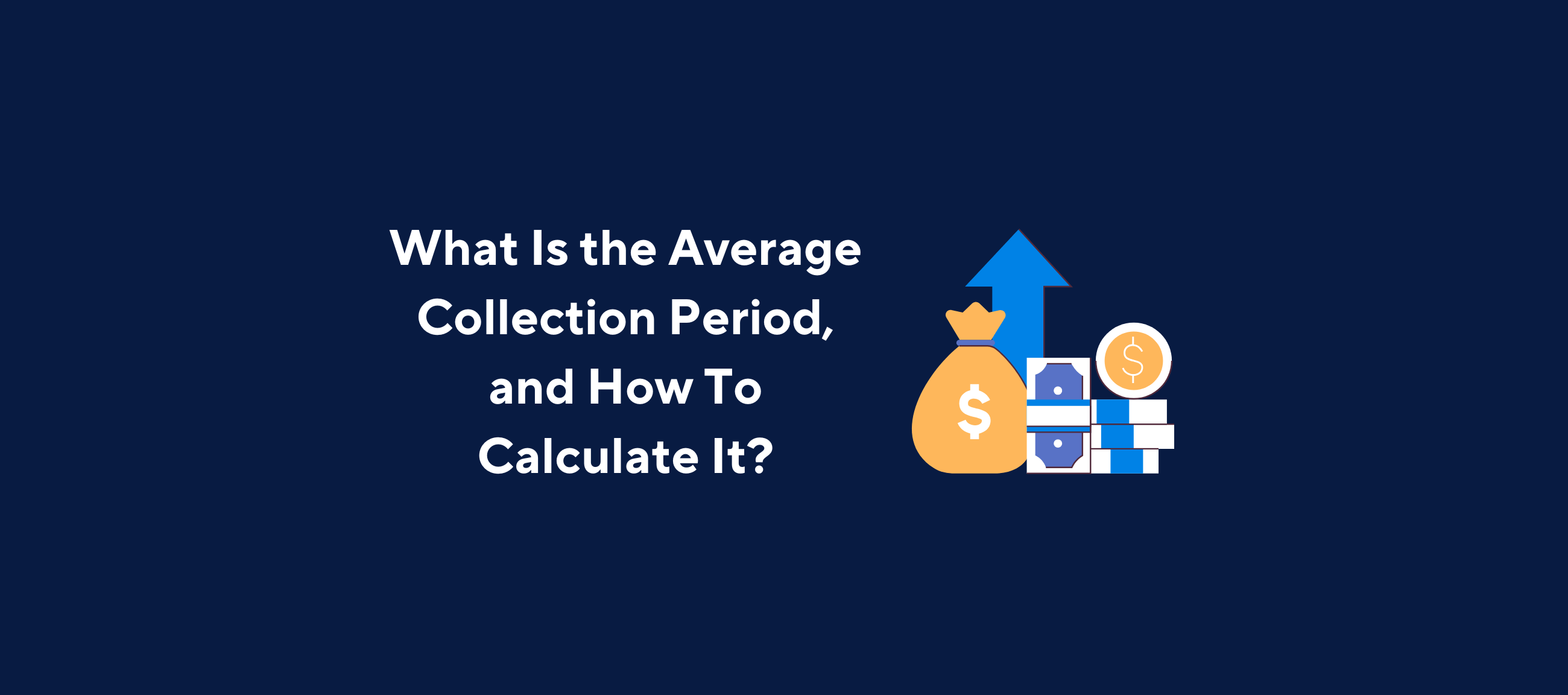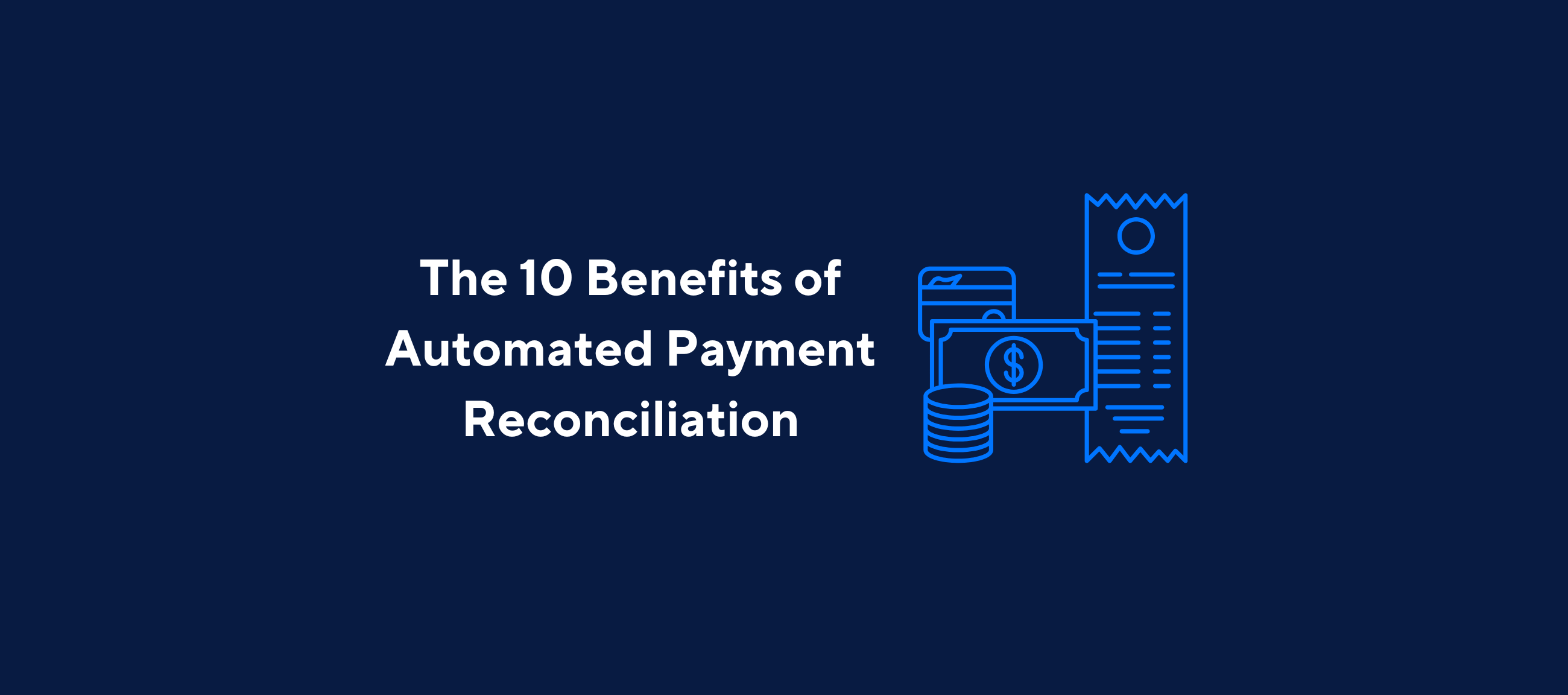What Is Petty Cash?
Petty cash refers to relatively small sums of money readily available for businesses to use for settling expenses that are considered too insignificant to justify using a credit card or writing a check.
Most large companies would possess a petty cash balance for every department. This source of capital could be spent on minor expenses such as employee expense reimbursements, purchasing a catered lunch for the entire department, and buying office supplies and/or decorations.
The best practice is establishing a proper system – known as cash management – to record these expenditures appropriately.
Since it is a current asset, it is considered a debit on the firm’s balance sheet. Therefore, when a company is allocating some funds to a petty cash account, the finance professional should write a check addressed to “petty cash” and cash it at the corporation’s bank. Moving forward, the journal entry to be documented on the balance sheet should show a debt made to the company’s bank account and a credit made to the petty cash account. Meanwhile, should the petty cash be used to cover a business expense, the relevant expense account – whether it is the employee claims or department office supplies – should be credited.
Examples of Petty Cash
In general, petty cash provides a lot of convenience for businesses when managing minute transactions because such small payment amounts would make using company credit cards or checks unsuitable.
For example, the types of transactions that would be acceptable to be covered by a petty cash fund include paying for courier or other forms of last-minute delivery fees, reimbursing for a small meal or treat for a department, or purchasing the necessary office supplies to facilitate the company’s day-to-day operations. As a result, the fund size will largely depend on the company and vary by each department (though it would usually be between US$100 and US$500).
The Difference Between Petty Cash Versus Cash on Hand
Although the terms “petty cash” and “cash on hand” sound very similar and do share some similarities, it is imperative to bear in mind that “cash on hand” is a more generic term as opposed to the former.
To elaborate, petty cash is any cash available to a business on hand for small transactions. Paying for those expenses using cash would be much more straightforward than using a credit card or writing a check. On the other hand, cash on hand, as its name suggests, is any cash or liquid fund that the company has access to, whether in the form of actual money or even the coins and paper notes kept in cash registers as change for customers.
Thus, the critical differences between petty cash and cash on hand are where the company keeps the money and how they are spending it. Specifically, petty cash is deployed chiefly for internal business operations, whereas cash on hand is typically a source of capital obtained from or reimbursed to customers. Besides, cash on hand also has a broader meaning as an accounting terminology because it denotes a firm’s highly liquid assets. Examples include money stored in other bank accounts, short-term debt instruments, money market funds, or alternative cash equivalents. Consequently, one could technically say that all petty cash is a type of cash on hand.
The Benefits of Having Petty Cash
It comes without denial that possessing petty cash will have its pluses. Much of this is because cash, in most scenarios, is still the fastest, easiest, and most straightforward way for companies to settle payments. Petty cash works exceptionally well when firms want to settle small impromptu expenses.
While it probably should not be a customary practice, petty cash could be used occasionally to finance frequently. Still, minute payments, such as emergency change for customers if the till runs low on cash.
The Downsides of Having Petty Cash
In contrast, having the luxury of keeping petty cash does have its disadvantages and dangers. To begin with, cash-based transactions are relatively complicated, if not impossible, to track. Therefore, this makes it easy for cash to vanish without a trace, despite companies having invested time and resources into developing a systematic approach to managing their small cash reserves.
On that note, setting up petty cash funds can be a headache to manage because sustaining them, maintaining detailed records, and frequently reconciling them will necessitate additional work for employees. This may subsequently become a nuisance or burden within large organisations and small- and medium-sized enterprises (SMEs).
Commercial transactions nowadays are shifting towards a cashless operational model, whether conducted at small restaurants or retail stores, which previously relied heavily on banknotes and coins. As a result, some critics argued that using petty cash has been a largely outdated practice that no longer adds value to the business. On top of that, other digital and contactless payment methods have the added benefit of being much more secure, traceable, and less vulnerable to fraud. This may be considered a significant priority amongst smaller firms regularly plagued with theft-related criminal activities.
How Can Businesses Set Up A Petty Cash Management System
Establishing a petty cash management system would involve several components, such as appointing a custodian to manage the accounts, searching for a source of funding, developing the policies and standard operating protocols (SOPs) for handling the petty cash, as well as setting up the accounting systems to manage the reconciliation of expenses.
Some businesses may occasionally prefer to use the “imprest system” to describe the protocol businesses adopt to manage their petty cash funds. Nonetheless, the phases “petty cash management system” and “imprest system” can be used interchangeably.
Employing a Custodian
The first and most critical step in the petty cash management system is to appoint a custodian. This person, in particular, will be the primary employee responsible for overseeing and managing the petty cash management process. Designating such a role would, in turn, help to create accountability and lower the number of potential fraud cases due to the reduced number of employees permitted to access the company’s funds.
Finance the Petty Cash Account
Typically, most companies would have already determined a certain amount of cash to be allocated to the petty cash fund, whereby the allocated funds will be transferred from the firm’s bank account and maintained as transactions or reimbursements occur.
Well-designed petty cash management system would usually have a sufficient amount of petty cash to sustain the projected number of activities within that account. Such predictions are usually made based on factors such as the size of the corporation and the nature of its business.
Ensure That the Funds Are Secured
Upon capital designation to the petty cash fund, the natural step moving forward would be to ensure its security. In the majority of situations, it is relatively common for departments to have a unique safe, petty cash box (i.e. lockbox), file cabinet, or secured drawer to contain the cash, whereby only the custodian and/or the relevant company figures (e.g., the Chief Financial Officer) will possess the key. This practice, in turn, will help to maximise the security of the fund.
Set Up Policies for The Expenditure of Petty Cash
In the meantime, companies ought to develop and implement a set of policies to determine the appropriate scenarios in which petty cash funds will be administered. Essentially, these protocols should define the types of transactions that qualify as petty cash transactions as well as how these expenses will be tracked and reported.
Log Every Petty Cash Disbursement
To maintain the practice of having a proper administration and accounting of petty cash funds, custodians are strongly advised to keep a logbook documenting every petty cash disbursement. Subsequently, this log will help to ensure the correct reconciliation of the petty cash account by the end of a specific reporting period, which is vital during the preparation of audited financial statements.
Request For Receipts
Meanwhile, firms should maintain a policy of including a receipt authenticating all purchases and reimbursement associated with the use of petty cash, whereby this document ought to detail the product and/or service purchased, the specific vendors involved, the date of the transaction, and total capital expensed from the fund.
Besides that, it would also be a best practice for companies to include additional details regarding the rationale of such a transaction, such as the purpose of this cost, the accounts involved, and the person who is answerable to this activity.
Reload The Petty Cash Fund When It Is Running Low
With the petty cash actively spent, it is natural that the fund will eventually run dry. Therefore, custodians need to make sure that the funds are sufficiently replenished whenever necessary to support future transactions. In such events, the custodian would usually request an amount of capital from the firm’s bank account to be transferred to the petty cash account. However, all receipts and past expenditures should be correctly reconciled before replenishing the fund.
Track The Spending Activities Within the Petty Cash Fund
Simply put, the regular monitoring of fund activities, authentication of petty cash vouchers and receipts, and the precise reconciliation of spending is mandatory to safeguard the fund’s compliance with corporate policies. Moreover, it helps to prevent discrepancies within the company’s balance sheet.
During this process, it is typical for the company to appoint a different person besides the custodian to perform the monitoring tasks to safeguard the appropriate segmentation of duties.
The Importance of Setting Up Internal Controls to Manage Petty Cash
When a firm is establishing, managing, and enforcing its petty cash management system, it will have to develop a clear and succinct internal control structure to prevent the inappropriate use of funds. With that, it is a good practice to explicitly state the goods and services that warrant the spending of petty cash as well as the other relevant policies in writing. This set of internal controls, in turn, should be made available for review by the management team and employees on a regular basis.
Typical Challenges Associated with Petty Cash Management
It can be frustrating to learn that petty cash funds are often subjected to abuse, and this thereby necessitates the creation of an effective and efficient petty cash management process. Nonetheless, some of the common problems that arise within such systems may include the following:
Absence Of Attention to Detail
Having petty cash in hand may increase a department’s likelihood of spending the funds freely without paying careful attention to details. This lack of mindfulness may consequently lead to an inadequate or inconsistent paper trail. Hence, it is highly recommended that companies fully record every expenditure and ensure the right policy enforcement level is in place to sustain a proper petty cash management procedure.
Being Overly Reliant on Custodians
Although the appointment of a custodian to oversee the fund helps increase accountability, it is undeniable that there will be risks associated with this practice. In specific, businesses ought to make sure that the designated custodian is an employee known to be competent and has a high level of integrity within the firm.
Other than that, the logging of disbursements should be assigned to a different employee instead of the custodian and other personnel with access to the fund. This guarantees the appropriate segregation of duties and the reduced probability of fraud cases.
Employing A Paper-Based Method to Managing Petty Cash
Although having a comprehensive system set in place to record every transaction occurring within the petty cash account, adopting a paper-based approach has its share of limitations that cannot be underestimated.
In essence, practising the traditional paper-based method may result in the improper documentation of activities, with the custodian also being at risk of accidentally overlooking or misplacing important supporting documents such as invoices and receipts.
Using Software to Improve the Petty Cash Management System
Having mentioned that, there are myriad of strategies that a company could consider adopting if the management hopes to address some of the downsides associated with employing a paper-based method. On that note, one of the most effective solutions would be to invest in practical credit control management software.
Considering the highly digital world we live in at the point of writing, it is no surprise that petty cash management software can drastically lower a firm’s incidence of error and fraud by automating the entire reconciliation procedure. Besides that, such software solutions can offer a single source of truth for custodians to access any relevant documentation and the supporting files for those transactions. Furthermore, effective petty cash management software may serve as a valuable tool to help ensure the proper reviewing of reconciliations through maintaining the suitable separation of duties. Plus, specific software offers standardised templates to maintain consistency across the entire company and allow for a more straightforward internal auditor auditing process.
On that note, Kolleno is a smart credit control platform that can assist companies in elevating their petty cash management procedures due to its comprehensive credit control solutions.
Concluding Thoughts
In summary, petty cash is frequently a sum of money of no more than a few hundred dollars placed within a firm’s premises to settle small transactions. Even though the concept is simple, such funds are vulnerable to misuse and may lack proper governance. Nevertheless, the emergence of petty cash management software solutions provides a convenient and secure way for companies to manage their funds better.
A prime example of such software would be Kolleno, whose credit control solutions can help financial professionals save substantial time recording petty cash expenses and tracking fund activities over time.
Summary of Key Points
The key benefit of keeping a petty cash fund is that it is a quick and highly convenient way for companies to access cash.
Nevertheless, several disadvantages associated with using petty cash funds include the need to consistently monitor and balance the capital due to their vulnerability to potential abuse or theft. In the worst-case scenarios, the misuse of funds may snowball into outright fraud.
In essence, having a petty cash management system may assist businesses in ensuring that the money is deployed reasonably whilst ensuring that each transaction is documented correctly. Such a system, as a result, acts as robust corporate governance to safeguard the company from fraud or theft. This internal control may support the company’s more prominent general ledger reconciliation protocol.
Frequently Asked Questions (FAQs)
What is Petty Cash, and What Does the Company Use It For?
It is the sum of cash a company keeps on hand to handle relatively small and non-recurring reimbursements and purchases. This source of capital is usually a practical solution to managing such transactions as payments via a credit card or issuing a check would be inconvenient or impractical.
What is An Example of Petty Cash?
Notable examples of such transactions would include the expenses associated with paying for taxi fare, small office supplies (e.g., pencils, erasers, whiteboard markers), department-reimbursed meals for employees, coffee and snack purchases, as well as small gifts and birthday cakes.
Is Petty Cash A Cash Equivalent?
Petty cash is actual cash (as in banknotes and coins). On the other hand, cash equivalents are assets and securities that are highly liquid, meaning that they can be easily converted into cash. Typical examples of cash equivalents would include treasury bills, money market funds, and commercial papers.
Nevertheless, petty cash and cash equivalents would often be added together and reported in the “cash and cash equivalents” section of a company’s balance sheet.
- What Is Petty Cash?
- Examples of Petty Cash
- The Difference Between Petty Cash Versus Cash on Hand
- The Benefits of Having Petty Cash
- The Downsides of Having Petty Cash
- How Can Businesses Set Up A Petty Cash Management System
- The Importance of Setting Up Internal Controls to Manage Petty Cash
- Typical Challenges Associated with Petty Cash Management
- Using Software to Improve the Petty Cash Management System
- Concluding Thoughts
- Summary of Key Points
- Frequently Asked Questions (FAQs)
